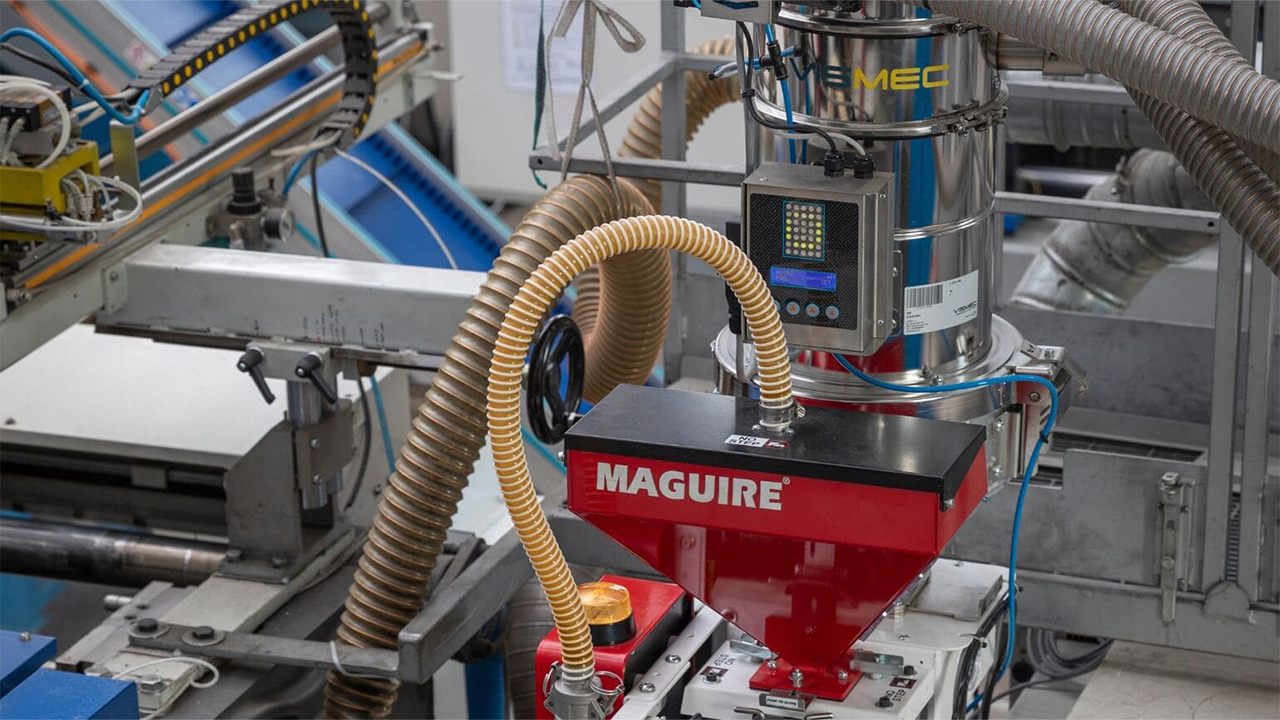Volumetric dosing systems are integral components in various automated industrial processes that require the precise and consistent measurement and delivery of bulk materials. They are employed in various industries, including plastics processing, food and beverage production, and pharmaceuticals. This article discusses the key components and functionalities of volumetric dosing systems by exploring their type, advantages, and limitations.
Core Components of a Volumetric Dosing System
A typical volumetric Doser from a supplier like Yushine consists of several important elements working in unison:
Hopper and Metering Unit
While the hopper is a storage reservoir for the bulk material to be dispensed to ensure smooth material flow towards the metering mechanism, the metering unit is the heart of the system. It’s responsible for accurately measuring and capturing a predetermined volume of material with each cycle. Common metering units include screws, vanes, or discs.
Drive System
This component provides the power to rotate the metering unit at a controlled speed. The speed directly influences the material feed rate. This allows for adjustments to match process requirements.
Control Unit
The control unit acts as the brain of the system. It receives user input, controls the drive system to regulate the metering unit’s speed, and monitors various parameters like cycle time and material level. Additionally, it can integrate with higher-level control systems for seamless process automation.
Discharge Unit
This component directs the metered material from the dosing system to the next stage in the process. Depending on the material characteristics and application needs, it can be a simple chute or a more sophisticated valve system.
Different Types of Volumetric Dosing Systems
Many industry, like Yushine, offers various types of volumetric dosers to cater to diverse needs:
Screw Feeders
Screw feeders utilize a screw-shaped rotating metering element to convey and dispense materials at a controlled rate. Due to their efficient material movement capabilities, they are ideal for free-flowing pellets and granules.
Auger Dosing Systems
Auger dosing systems employ helical augers to transport materials from a hopper to the processing equipment. These systems offer precise dosing control and are suitable for a wide range of materials and applications.
Disc Feeders
These feature a rotating disc with compartments that capture specific volumes of material. They are often preferred for delicate materials that require gentle handling during the metering process.
Advantages and Limitations of Volumetric Dosing Systems
Volumetric dosing systems have various advantages and the limitations of the systems cannot be ignored too:
Advantages
While volumetric dosing systems offer a relatively simple design, which makes them easy to operate and maintain, they can also handle a broad range of materials with varying flow properties. Moreover, volumetric dosers are often a more economical option, particularly for applications requiring basic and consistent metering.
Limitations
Variations in the material’s bulk density can impact the accuracy of volumetric feeders. These fluctuations can cause slight deviations in the actual mass of material dispensed. Materials with poor flow characteristics, such as sticky or cohesive materials, may not be ideal for volumetric dosers. These materials can lead to bridging issues within the feeder and hinder consistent and accurate material delivery.
Key Takeaways
Volumetric dosing systems offer a reliable and cost-effective solution for material metering and delivery in various industries. By understanding their core components and functionalities, manufacturers can use these systems to optimize their processes and achieve consistent product quality.
However, it is vital to consider the inherent limitations of volumetric dosing, particularly the influence of bulk density on accuracy, when selecting a dosing system for better performance.


